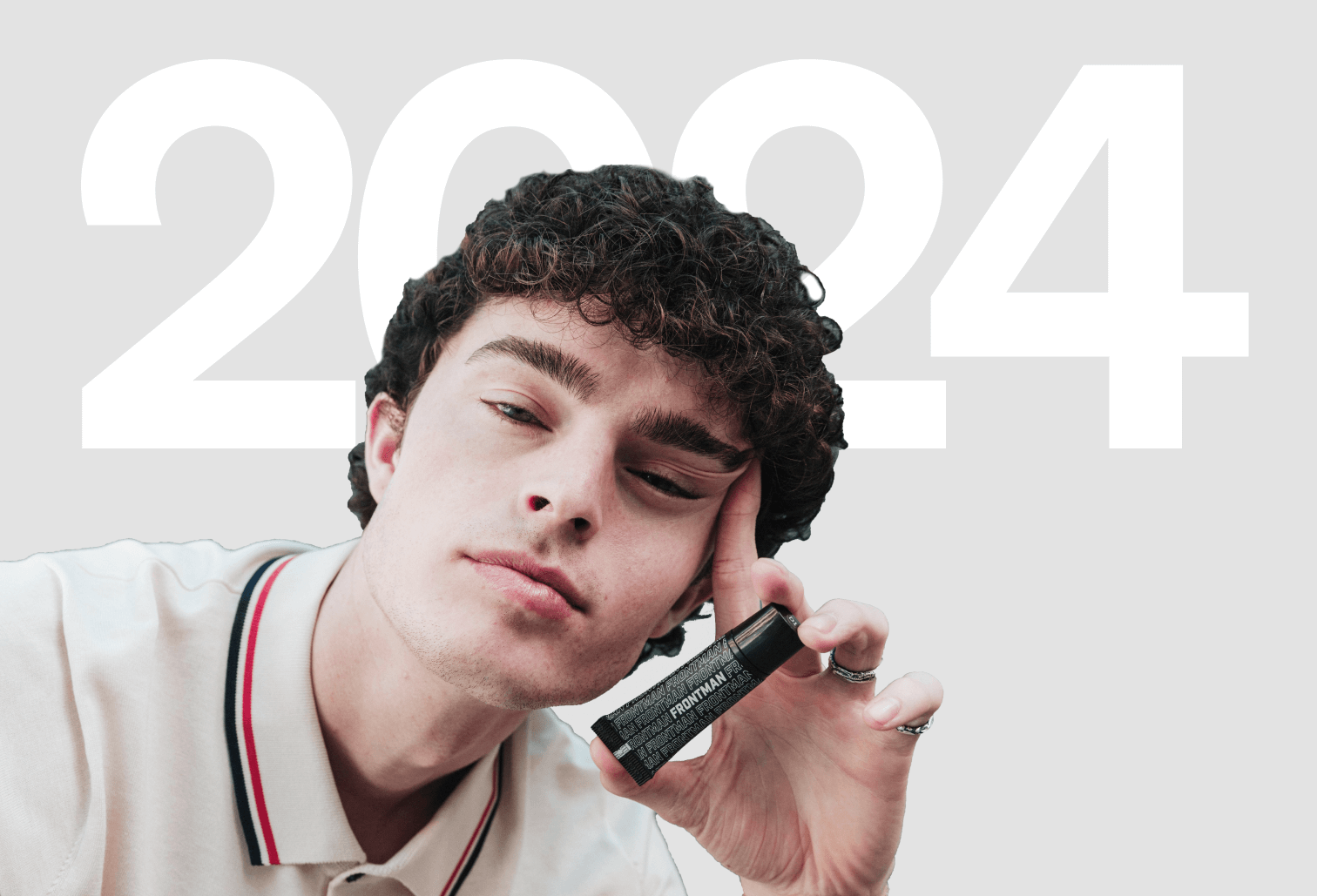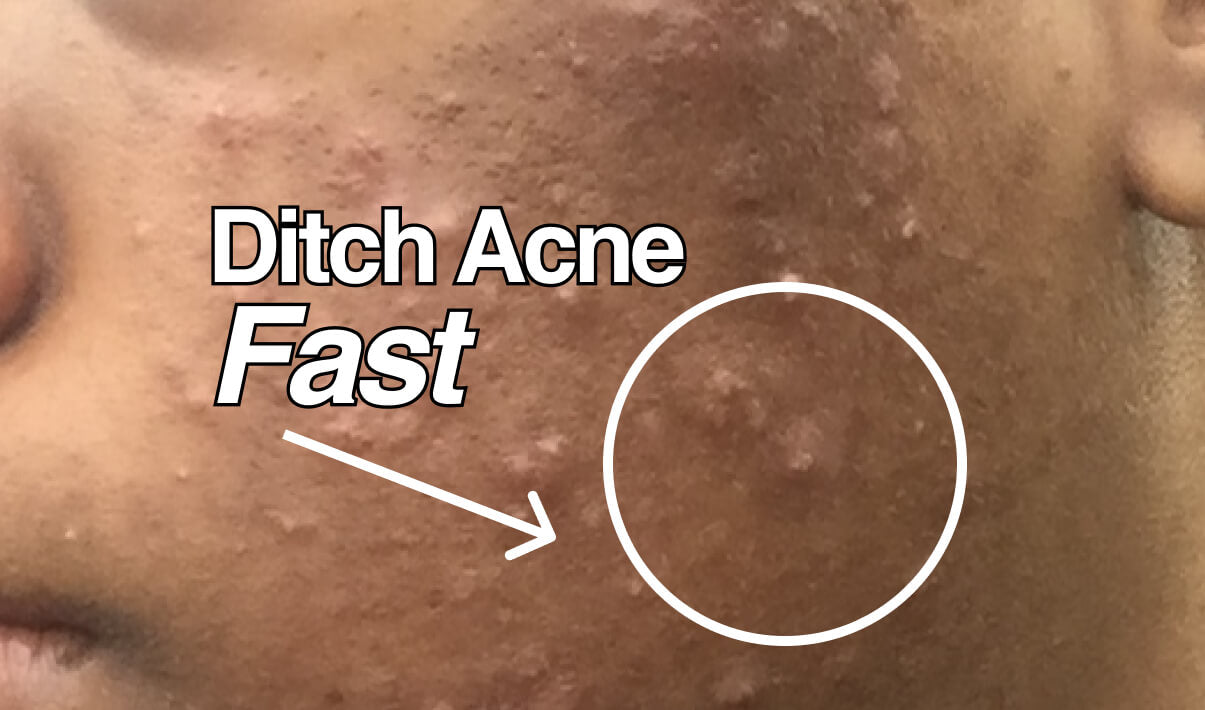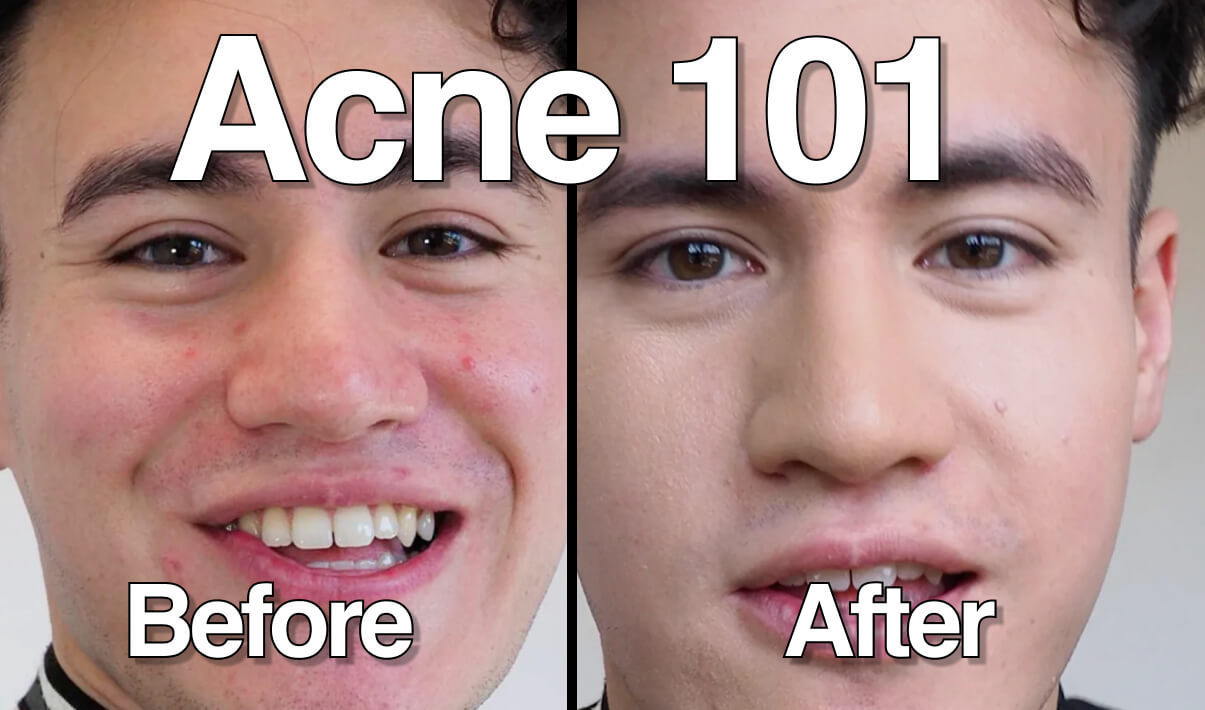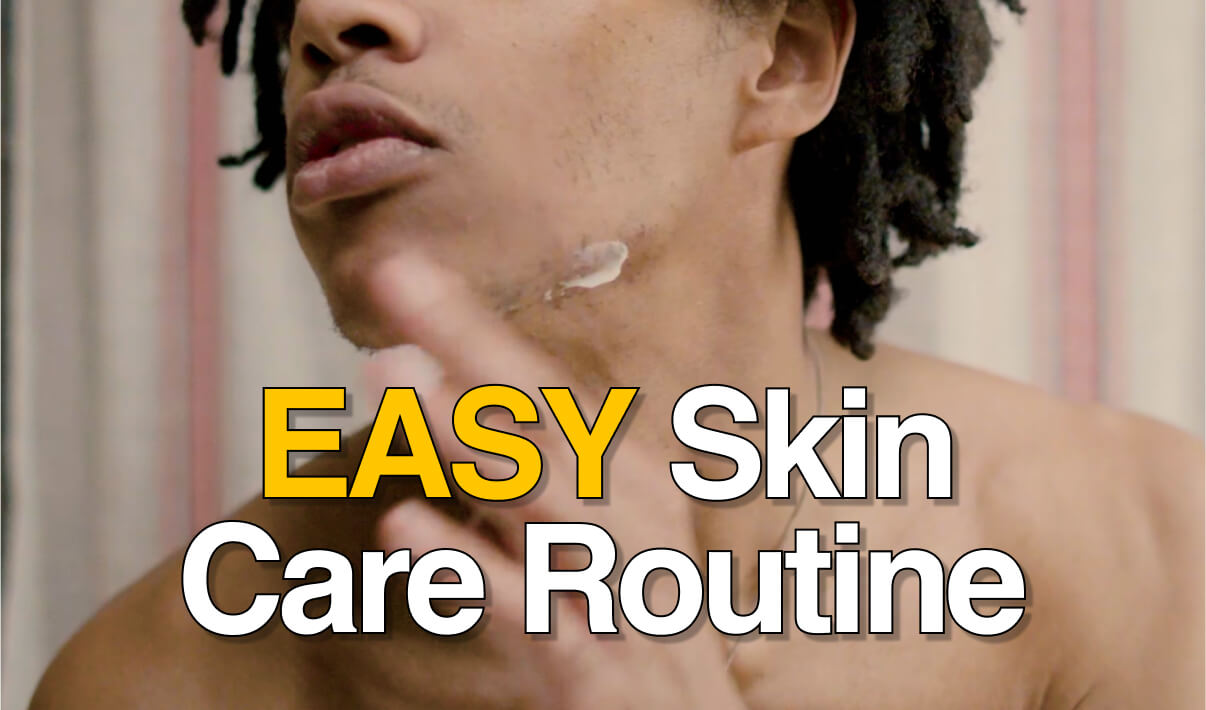SPF stands for "Sun Protection Factor".
In plain language, an SPF number tells you how long before you burn while wearing that sunscreen, compared to without wearing that sunscreen.
For example, if it usually takes you 15 minutes to burn without sunscreen and you apply an SPF 10, it will take 10 times longer (150 minutes) to burn in the sun. Here are some other important things to know about SPF.
How does the sun damage my skin?
Sunlight is made up of many different types of rays. The worst rays for our skin are ultraviolet (UV) rays which come in two types, UVB and UVA.
UVB rays are responsible for sunburn and play the greatest role in causing skin cancers, which can become fatal.
UVA rays are also damaging and dangerous to your skin, penetrating more deeply and contributing to premature skin aging and wrinkles, aka "photoaging".
There are approximately 500 times more UVA rays in sunlight than UVB rays. So, in addition to protecting your skin from the effects of UVB rays with SPF, it's also paramount to shield yourself from the more numerous UVA rays with physical blockers like hats, long sleeves, etc.
SPF measures protection from UVB rays only.
SPF rating does not tell you how much it protects your skin from UVA rays. UV radiation can always get through to the skin, no matter how high the SPF. No sunscreen will completely prevent sunburn or resulting skin damage.
Dermatologists recommend using SPF 30 or higher.
SPFs higher than 30 don't provide that much more protection. For best results, experts recommend using the proper amount (about one ounce for full body coverage) and reapplying every 2 hours.
Most people don't put on enough sunscreen, using ¼ to ½ the amount required.
In the lab, SPF is determined by tests in which a good amount of sunscreen is used – which means that you need a thick layer to actually achieve the protection on the label.
Using half the required amount of sunscreen only provides the square root of the protection. So, using a half dose of an SPF 30 sunscreen only gives effectively SPF of 5.5.
You also need to reapply sunscreen every 2 hours, as it comes off with sweat or on clothing.
Finally, be sure to check the ‘use by’ or ‘expiration’ date of any sunscreen before you use it. If it’s out of date, some of the active ingredients may have broken down and the sunscreen won’t work as well.
When it comes to SPF, is bigger really better?
There’s actually very little difference between how much UVB they filter. SPF 50+ filters 98 per cent of UVB, compared with 96.7 per cent filtered by SPF 30 sunscreens. And an SPF 30 sunscreen applied right will protect you better than an SPF 50+ sunscreen applied too little or not frequently enough.
Looking for a good SPF 30 Lotion that doesn't feel gross? Check out our Shield SPF Lotion.








